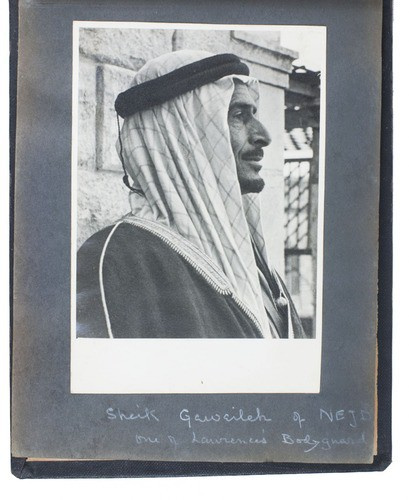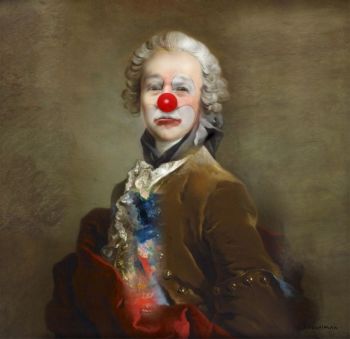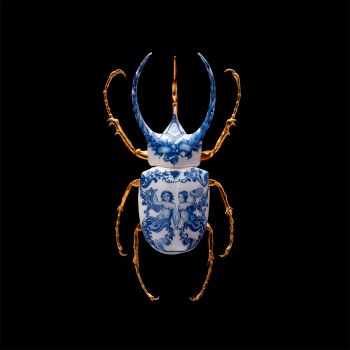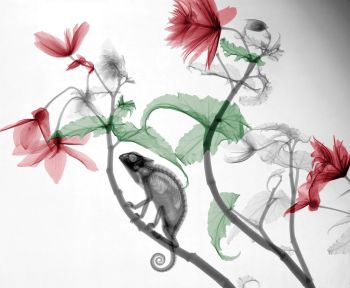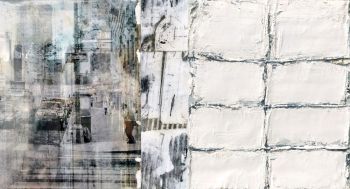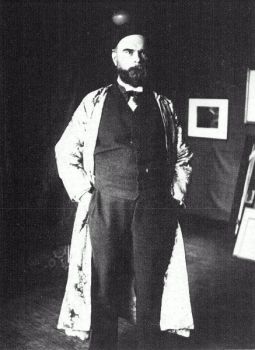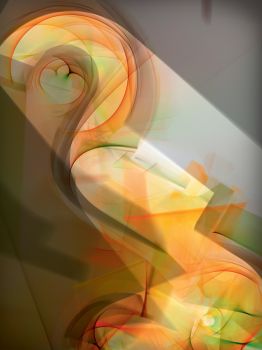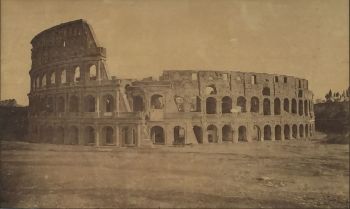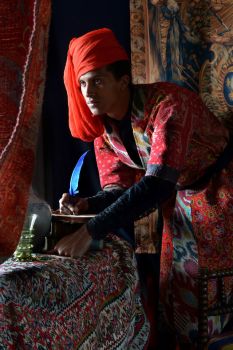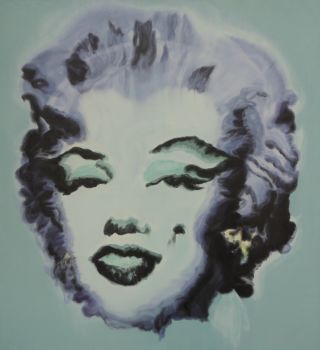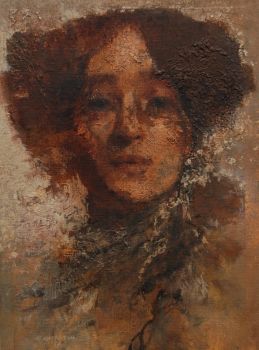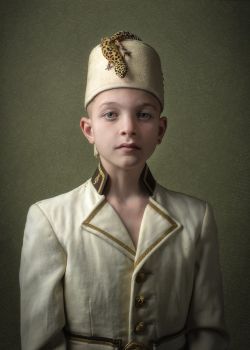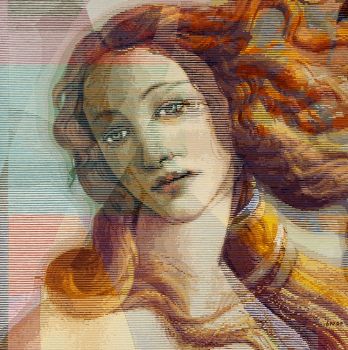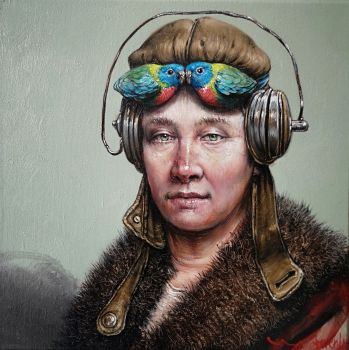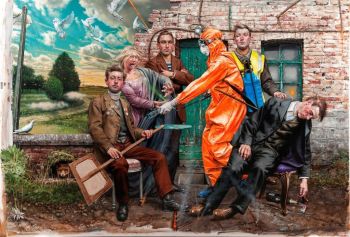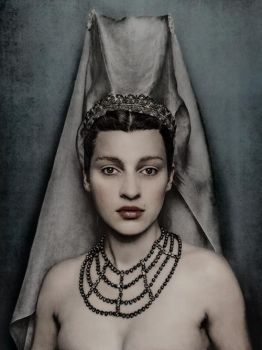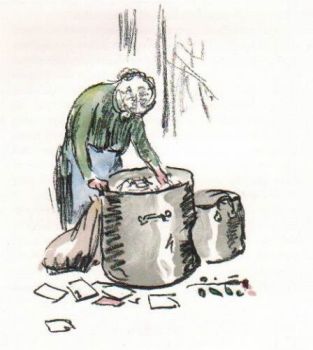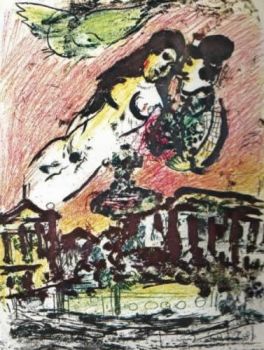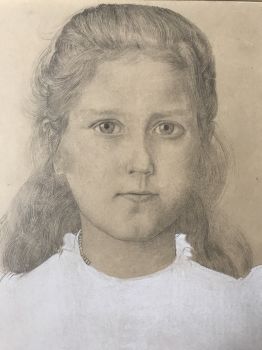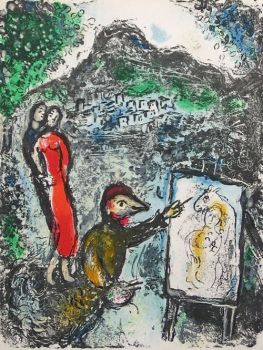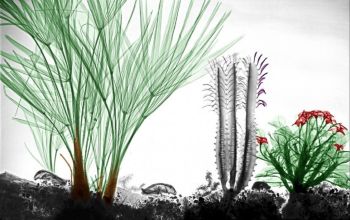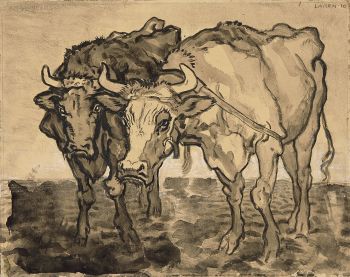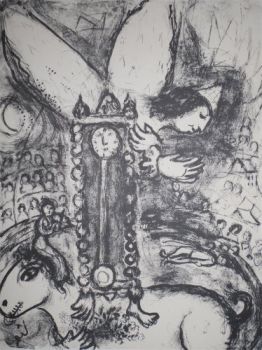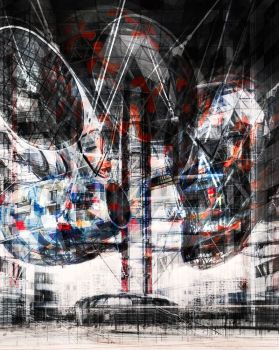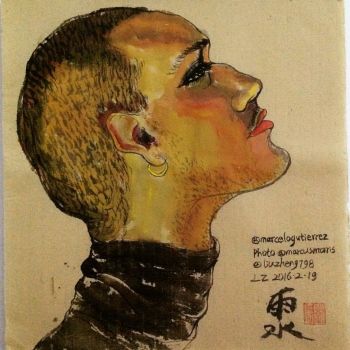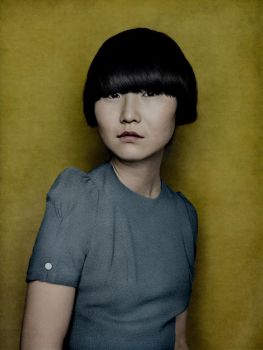14 photographic portraits of sheiks & tribesmen, by Lawrence of Arabia's Chief of Staff 1920
Walter Francis Stirling
CartaStampa fotografica
17 ⨯ 12 cm
Attualmente non disponibile tramite Gallerease
- A proposito di opere d'arteArab Types.
Syria, [ca. 1918-ca. 1921]. Oblong album (18 x 26 cm). An album containing 14 black and white photographic portraits (mostly about 17 x 12 cm) plus a smaller print of one. Mounted in a ca. 1930 album of black paper leaves (boards covered with black cloth).
Fascinating collection of 14 photographic portraits showing 13 sheikhs and tribesmen from several tribes in and around Syria, all with captions that usually give the subject's name and tribe. The photos, often highly expressive profile studies, were taken and assembled by Lt. Col. Walter Francis Stirling (1880-1958), T. E. Lawrence's Chief of Staff in 1918. The named tribes are the Shammar (nomadic Bedouins in northern Arabia, Syria and Iraq), Ruwalla (semi-nomadic Bedouins led by the Sha'lan family, also in northern Arabia and Syria), Hadidiyin (nomadic Bedouin sheep herders in Syria and northern Iraq), Walda (Kurds in Syria), Yazidis (Kurds in northern Iraq), Agaidat (Beduoins in Syria) and "Abu Klamin"[?] (not identified). The best known subjects are Fawaz al Sha'lam, Emir of Ruwalla (grandson of Nuri Sha'lan (1847-1842!), who commanded a large portion of the troops that entered Damascus with Faisal in 1918) and Daham al-Hadi, Sheikh of the Shammar. The latter is described as "Paramount Sheikh"of the Shammar (in Iraq), a title granted him by the British in 1920 that he lost when Faisal became King of Iraq in 1921.
One photograph slightly damaged, mostly outside the image area, but further in very good condition, with only an occasional small surface scratch or spot. Rare photographic portraits of sheiks and tribesmen in T.E. Lawrence's Damascus circle of friends and enemies. - A proposito di opere artistaWalter Francis Stirling (1880-1958) era un ufficiale dell'esercito, nato a Southsea il 31 gennaio 1880. Era l'unico figlio maschio e figlio minore del capitano Francis Stirling RN e di sua moglie, Mary Caroline. Servì in soccorso di Ladysmith, nell'azione a Laing's Nek e nelle operazioni nella colonia di Orange River e nel Transvaal nella guerra boera. Nel 1906 fu distaccato nell'esercito egiziano e trascorse cinque anni con un battaglione arabo ai confini dell'Eritrea e dell'Abissinia. Nella prima guerra mondiale prestò servizio a Gallipoli in Egitto e nella campagna palestinese fino a quando non fu nominato capo ufficiale di Lawrence. Nel 1919 fu consigliere dell'emiro Feisal e vice agente politico al Cairo, poi governatore ad interim del Sinai e governatore del distretto di Giaffa in Palestina. Nel 1923 divenne consigliere del re Zog I. Collaborò con Alexander Korda a un film intitolato Seven Pillars of Wisdom. Nella seconda guerra mondiale ha prestato servizio a Damasco diventando il corrispondente del Times. Sopravvisse a un tentativo di omicidio nel 1949.
Artwork details
Categoria
Soggetto
Materiale e Tecnica
Colore
Related artworks
Samuel Dejong
Anatomia Blue Heritage, Atlas Beetle Closed,2020
Prezzo su richiestaVilla del Arte Galleries
Willem Witsen
Vintage portrait photograph of Paul Verlaine (standing)1850 - 1900
Prezzo su richiestaKunsthandel Pygmalion
1 - 4 / 24- 1 - 4 / 24
Marc Chagall
Devant Saint-Jeannet - Near Saint-Jeannet1972
Prezzo su richiestaHans den Hollander Prints
1 - 4 / 24

